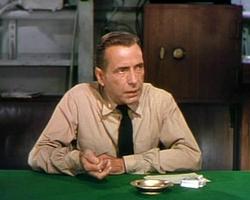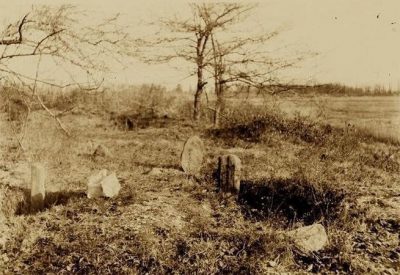
In this post, I continue an issue I first wrote about on June 16, 2016, Forgetting July 4, 1827. The post addressed some of the ways the first two centuries of black history in New York from slavery to emancipation had been forgotten or downplayed over the years. The post included some examples of people, places, and events during those first two centuries of their presence here such as the Schuyler Flatts Burial Ground Project, New York Burning: Liberty, Slavery, and Conspiracy in Eighteenth-Century Manhattan by Jill Lepore, and a new history marker installed on Wall Street for the huge slave market there. In this post, I would like to update the story. A subsequent post will address the next century from freedom to the Harlem Renaissance.
Hunts Point Slave Burial Ground (see photograph above)
Sometimes, the source of black history comes from cemeteries and burial grounds. The most famous example is the African Burial Ground in lower Manhattan mentioned in the previous post and now a National Park Service site. But sometimes, these burial sites are off the beaten path and not in the public eye. One such burial site mentioned in passing is Hunts Burial Ground in Joseph Rodman Drake Park located near an elementary school in Hunts Point in the Bronx. The site turned out to contain slave burials from the 18th and 19th centuries.
The impetus for the discovery turns out to have been the now defunct Teaching American History (TAH) federal program. Philip Panaritis, a now-retired official with the city’s Education Department was an administrator of the TAH grant for the Bronx. During the course of his investigation into the history of the Bronx, he discovered in the archives of the Museum of the City of New York (MCNY) a black-and-white photograph from 1910 (1905 on the website) with the notation on the back, “Slave burying ground, Hunts Point Road.” The MCNY had placed about 50,000 of its photographs on line.
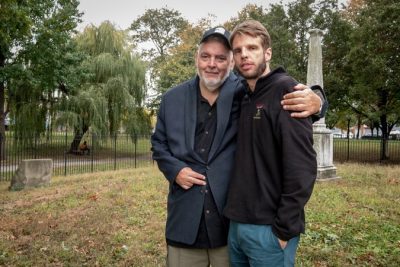
Since Pamaritis was a city educator he brought the picture to the attention of Justin Czarka, a teacher at the nearby P.S. 48 elementary school. The land in the still-rural part of the Bronx was about to become a city park under the auspices of the city department of parks. Perhaps the photograph was part of the documentation for the land to be acquired for the park which opened in 1915.
The department educator and the elementary school teacher then began to do their homework. They examined old maps since the roads in the area had changed since the time of the photograph. They examined old census records to determine the number of slaves who lived in the area. They researched the three major white families who lived and were buried there. They learned about the nanny, coachman, farm laborer, wood cutter, drover, blacksmith, cook, groom, carpenter and seamstress who were part those farms. Panaritis estimates that 44 such people lived there in 1800 and the last one died in the 1840s. He thinks perhaps 11 still remain buried there despite all the construction which subsequently occurred.
Archaeologist Jessica Striebel MacLean conducted the study of the site with two rounds of ground-penetrating radar. She was able to identify the portion of the park where the graves were likely to be. Czarka took advantage of this teaching opportunity to have his students work with the archaeologist on the investigation. They were able to measure, draw, and write reports using the headstones of the white families. For the English, French, Chinese, Arabic and Spanish-speaking students, the work provided a sense of place and connection to a location in their neighborhood even though none of them had any biological connection to the people who had lived their centuries ago. It became part of their history since that is where they live now.
There is a Hunts Point Slave Burial Ground project (HPSBG) website housed at the elementary school. It includes curriculum materials. The work goes on to have the site officially recognized as an historic site with appropriate signs. According to a recent note in the NYT, HPSBG applied for landmark status and has received a letter from the state saying the site meets criteria and is eligible. During this time Panaritis and Czarka spoke to the Westchester Society of the Archaeological Institute of America (I am the president). It was the first time a speaker arrived for the talk by bike.
Harlem African Burial Ground
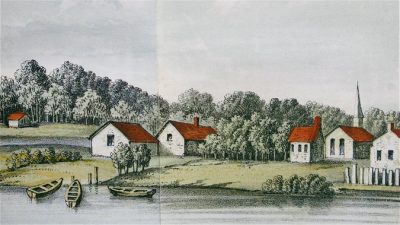
Whereas in the Bronx, the burial ground was in a park, in Harlem it was under a bus depot at 126th Street and First Avenue in the Dutch village of Nieuw Haarlem, far removed from the bustling New Amsterdam at the southern tip of the island. It was known that the site had belonged to the Reformed Dutch churchyard founded in 1660 and contained a segregated burial ground separate from the white parishioners during the 17th to 19th centuries. Thanks to archaeological work in the summer of 2015, human remains were uncovered and publicly announced in January 2016.
The New York Economic Development Council (NYEDC, a city version of the state initiative) has taken the lead in this project at the bus depot. According to its website:
The former MTA bus depot in East Harlem was once the site of an African burial ground dating back to the seventeenth century. The 126th Street Harlem African Burial Ground Memorial and Mixed-Use Project is a unique initiative to preserve this essential piece of Harlem and New York City history.
At the heart of the project is the creation of a living memorial and cultural center that acknowledges the historical significance of the site. The project will also include a mixed-use development component with housing, commercial uses, and public open space that meet the needs of the East Harlem community.
The Elmendorf Reformed Church in Harlem, an offshoot of the Reformed Dutch Church now represents the community on this project. I have been to an archaeological presentation by Michael Pappalardo of AKRF about the discovery of the human bone fragments. In addition, genealogical and documentary research has been undertaken to identity the people who were buried there. Unfortunately because of all the construction which has occurred, the site cannot be restored to anything resembling a burial ground. For additional information go to the website of the Harlem African Burial Ground.
The New York Slavery Records Index
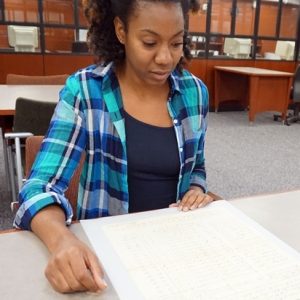
The final item in this post, also from New York City, is The New York Slavery Records Index from CUNY. The index is a searchable compilation of records that identify individual enslaved persons and their owners, beginning as early as 1525 and ending during the Civil War. According to the website:
Our data come from census records, slave trade transactions, cemetery records, birth certifications, manumissions, ship inventories, newspaper accounts, private narratives, legal documents and many other sources. The index contains over 35,000 records and will continue to grow as our team of John Jay College professors and students locates and assembles data from additional sources.
Our goal is to deepen the understanding of slavery in New York by bringing together information that until now has been largely disconnected and difficult to access. This allows for searches that combine records from all indexed sources based on parameters such as the name of an owner, a place name, and date ranges.
As the Daily News reports in its opening lines:
How readily we forget, in this freest of the free world’s metropolises, so satisfied that no Confederate statues scar our streets, that for two centuries many New Yorkers kept many other New Yorkers as their personal possessions.
An eye-opening new website pulls the shame of our city and state out of oblivion, by empowering anyone today to journey back to that terrible, repressed past to reckon with its legacy, right down to identifying the slaves and slave owners among our own ancestors.
Kudos to the faculty members and graduate students of CUNY’s John Jay College who created the New York Slavery Records Index — nyslavery.commons.gc.cuny.edu — making searchable in one stop a dozen existing online troves.
Everybody knows slavery only occurred in the South. Everyone knows that the North is morally superior to the South because we never had slavery here. Everyone knows that slavery had nothing to do with the origin of the Civil War. Making 200 years of history disappear is quite a trick, but that history is still there and little by little it has emerged into the historical record. Wouldn’t this be a great topic for a session at the New York State History conference if we had a New York State History conference? I wonder how many more stories there are tell in the communities throughout the state or if there even is an inventory of these slave burial grounds and cemeteries.


